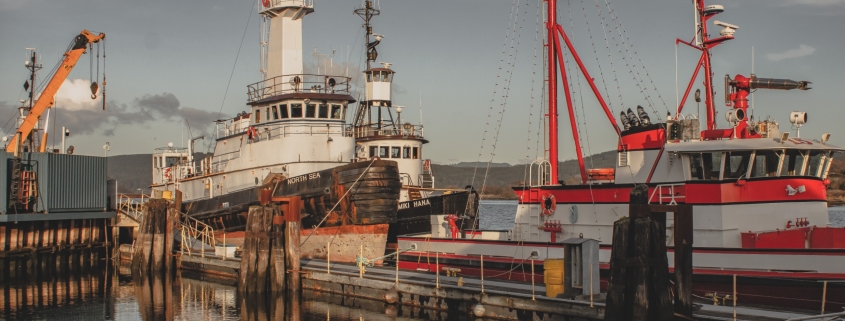Transportation Roundup: ‘Bringing a wooly mammoth back to life’
SSGA staff have compiled a roundup of current news in the container transportation industry. Click the links below to view the original stories.
A prospective ship-to-rail container terminal on Oregon’s coast, the Pacific Coast Intermodal Port in Coos Bay, could help transform West Coast port infrastructure, but refurbishing and upgrading existing infrastructure would be like “bringing a wooly mammoth back to life,” according to Chad Meyer, president of NorthPoint Development. NorthPoint Development, the largest U.S. developer of warehouse and e-commerce fulfillment centers, applied for $1.4 billion in federal funding to invest in heavy infrastructure for container handling at the terminal. They received additional support after 13 members of Congress sent a letter to the White House in June. One hundred twenty miles of railroad owned by Coos Bay Rail Line would also need to be upgraded to get the terminal ready to handle containers. Existing Coos Bay terminals handle lumber and wood products, general cargo, liquid bulk shippers and fishing fleets. Read more about the project here.
Several SSGA members have reported very low availability of trucking equipment in the Upper Midwest, but in positive news, trucking employment numbers in the last three months are nearly double compared to the same time last year. A record 62,400 workers were added to payrolls in April, May and June. This could be in part due to independent drivers returning to work as spot rates decline, according the Journal of Commerce here.
Other positive news for container shipping shows that the post-COVID container demand boom may have run its course. Drewry’s post throughput index showed a decline in April, including a 25% decline at Shanghai. Because of the softening demand, some companies are now renegotiating shipping agreements that were made during the surge or taking advantage of lower rates on the spot market. Rates are spotty though, with shipping costs remaining high in areas of congestion, such as China to Chicago, and many are still reporting higher rates than those paid before the pandemic. Read more from the Wall Street Journal.







Leave a Reply
Want to join the discussion?Feel free to contribute!